A city good for children is a good city for everyone, it is one of the most well-known and recurring phrases that Francesco Tonucci has been proposing to us for many years. The statement contains an important concept that concerns politics and the urban planning of cities in favor of the better coexistence and quality of life of people. .
A policy that takes note of the children’s rights, listens to children and involves them in government decisions, obtaining a much broader and even global result: transform the urban space, making it suitable for all citizens. .
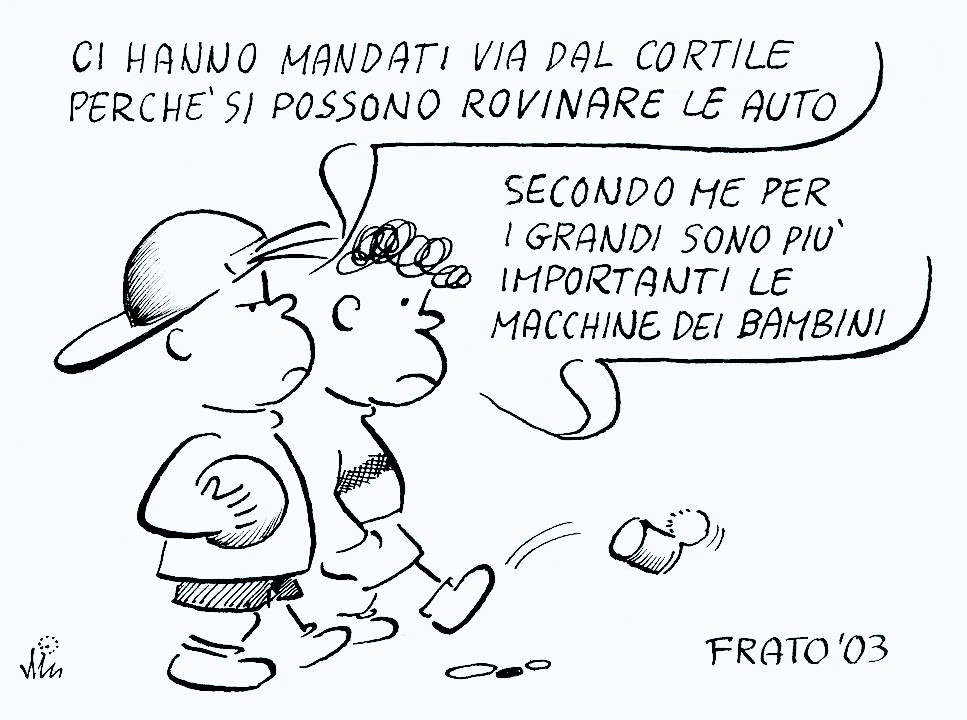

“If we design our cities to be safe, accessible and child-friendly, they will automatically be better for everyone.” – Enrique Peñalosa, former mayor of Bogotá. Inauguration speech as mayor of Bogotá (2016)
Just think, for example, of the issues that concern safety, mobility, accessibility and inclusion, aspects which, if considered in urban planning, allow the creation or transformation of common spaces that offer better quality of life for people.
Promote a child-friendly city it doesn’t mean infantilizing the city and not even offering many services and spaces dedicated to children, but guaranteeing them and to the entire community, the right to public space.
The vision of development and urban planning are fundamental topics when seeking a transformation of cities, and both are directly connected with the attitude of the political class in the management and governance of a society, highlighting its principles, rules, procedures, the priorities’. Simply put, governance.
Whoever is delegated to decide (because that is what it is, at least in real democracies), must decide on aspects that influence the quality of life and well-being of all citizens: transport, accommodation, facilities, services and more. To do it properly, it must therefore consider the broad spectrum of recipients of these decisions. .
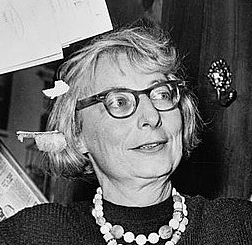
“Cities have the capacity to contain and nourish people of all ages,
and children in particular; otherwise they can fail miserably.”
Jane Jacobs, Canadian architect and activist, in “Death and Life of Great American Cities” (1961)
Tonucci invites us to place children at the center of political decisions that concern the city. Children as a guarantee of attention to the needs of all the weakest categories and that they too claim rights over the city, such as women, the disabled, the elderly, immigrants, adolescents, etc.
A proposal that goes in stark contrast to the conventional model on which today’s cities were created, i.e. in favour of a typical, male, adult, worker and motorized citizen.
The experience of more than 30 years of the “The city of children” project, in which mayors, councillors and other figures with decision-making power in various countries around the world have learned to listen to children,have demonstrated that the involvement of children in city government It has a very positive impact on people’s well-being and happiness..
Listen to children, guarantee the right to play and mobility, encourage meetings, the walk and focus on aesthetics and urban reorganization it is an achievable goal.
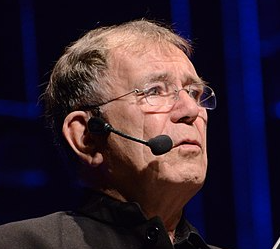
“If we want safer, healthier and more sustainable cities, we need to start by listening to children.” – Jan Gehl, Danish architect and urban planner. “City for the People” (1996)
As Francesco Tonucci says well in his book “The city of children”, the modern city has seen a shift towards separation and specialization, with distinct spaces intended for different functions and individuals:different places for different people, different places for different functions. The historic center for banks, luxury shops, entertainment; the suburbs for sleeping. Then there are the children’s places, the nursery, the playground, the playroom; the places of the elderly, the hospice, the senior center; the places of knowledge, from nursery school to university; the specialized places for shopping, the supermarket, the shopping centre. Then there is the hospital, the place of illness (cit. Lewis Mumford)”
It is therefore obvious that the urban development model has had a significant impact on the society and on the sense of community within cities, which evidently it’s incompatible with the vision of a city good for everyone.
– But somewhere, something starts to change. –
The old cities, which have often become real commercial centres, are starting to fight for their survival,to be more livable and closer to their citizens, to regain lost public space, and finally give the city back into the hands of its legitimate recipients: all citizens as a whole..
This new type of urban planning requires above all determination and political will, sensitivity and strategic vision to combat the major problems of the status quo, of existing mobility problems, perhaps originating from historical, economic and social situations, and which have been accompanied by reckless urban planning.
An urban planning that urgently needs to change priorities, putting walking citizens first, cyclists second, public transport second, and private vehicles last.
Francesco, quoting the Bible, offers us a beautiful passage from Zechariah, “in the squares of Jerusalem the old men will sit each with a stick in his hand, and they will be full of girls and boys playing…”
And this is the point: we need to head towards the future, but looking at the past, at the square, at the agora of the Greek city which initially constituted the symbolic intersection between the public and individual spheres, to then move forward in time, in the forum Roman, where among other things, the inhabitants met and interacted with each other among the trade stalls, among which the children ran around happily.
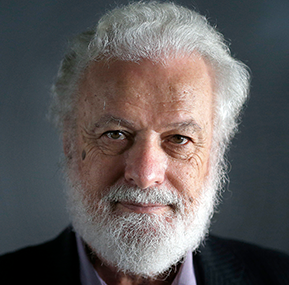
“The city of children is one where children can walk to school, play in the streets and participate in community life.”
Francesco Tonucci – “The city of children” (1996)
The city of the future, the truly intelligent city, will certainly be a very different place from today’s, but it will be able to take advantage of our past, and of all the structural resources that the future offers us without losing some of the basic characteristics that history has given us taught: be places of meeting and coexistence for everyone, and not places separated and sectorized by social class..
We will therefore have to look back, not out of nostalgia, but out of the moral awareness that the right to the city is everyone’s right.
Another important aspect in Tonucci’s philosophy and his city of children it is the consideration that promoting a child-friendly city to create a better future for all it is a collective commitment which requires the collaboration of all citizens, schools, parents, administrators, health professionals and urban planners.. Intersectoral work that involves everyone, to benefit everyone.
There are cities in the international network “The city of children” such as Fano, Huesca, Jundiaí, Rosario, and Buenos Aires which have been working for years with great commitment and carrying out significant transformations.
The city of Pontevedra, in Spain, is a striking example of the transformations undertaken under the ideas of a better city for everyone, but we will talk about this calmly in a subsequent article. .
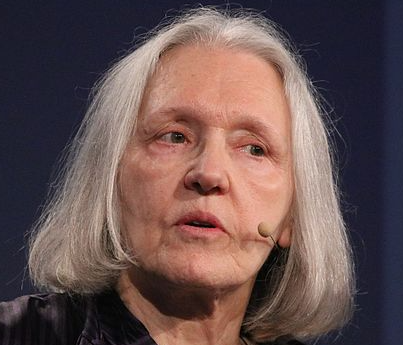
“Cities are spaces of coexistence and development, and children are a key part of this equation. We must listen to their needs and perspectives to create more equitable and attractive urban environments.” – Saskia Sassen, sociologist and expert on urban globalization. The Global City” (1991)
We adults are precisely adults, and we see things like adults.
We have long-lost the characteristics that our youngest citizens have: A unique and different perspective on the world, closer to ground level and more attentive to sensory details.
Their ideas, proposals, and observations can help adults identify problems and solutions that may be overlooked by adults.
Their natural predisposition to creativity and imagination, their inclusive and divergent thinking, if interpreted correctly, can lead to innovative and original solutions for urban design.
Even if the objective of City of children it is not educational, we cannot deny that the growing citizens who participate today with their ideas, proposals and protests, will be the decision-makers of tomorrow, and by involving and encouraging them from an early age to exercise active citizenship, they will have a greater sense of identity, belonging, and responsibility regarding their reality..
At the same time, emotional involvement towards their surrounding public environment will be strengthened, encouraging a greater sense of care and respect for the city.
And it is not difficult to think that in this way, the children of today, who become adults tomorrow, will care much more about the health and beauty of their city.
One of the first challenges of the Project The city of children is to face real and profound listening to children.
Creating a listening channel is simple, but truly listening to children’s diversity and knowing how to valorize it is a complex topic, which needs preparation from the adult world.
But this is a discussion that deserves a dedicated article, and which we undertake to propose shortly.
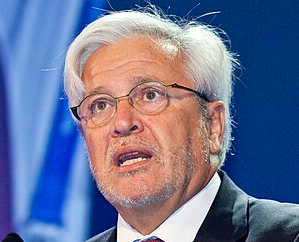
“We cannot design smart, sustainable cities without considering the needs and rights of children. They are agents of change, and their participation is critical to building more inclusive and resilient communities.” – Joan Clos, former mayor of Barcelona and former executive director of UN-Habitat. “Cities for a Better Future: Quito Declaration on Sustainable Cities and Human Settlements for All” (2016)

Ernesto Martire
Founding member and administrative coordinator of the association
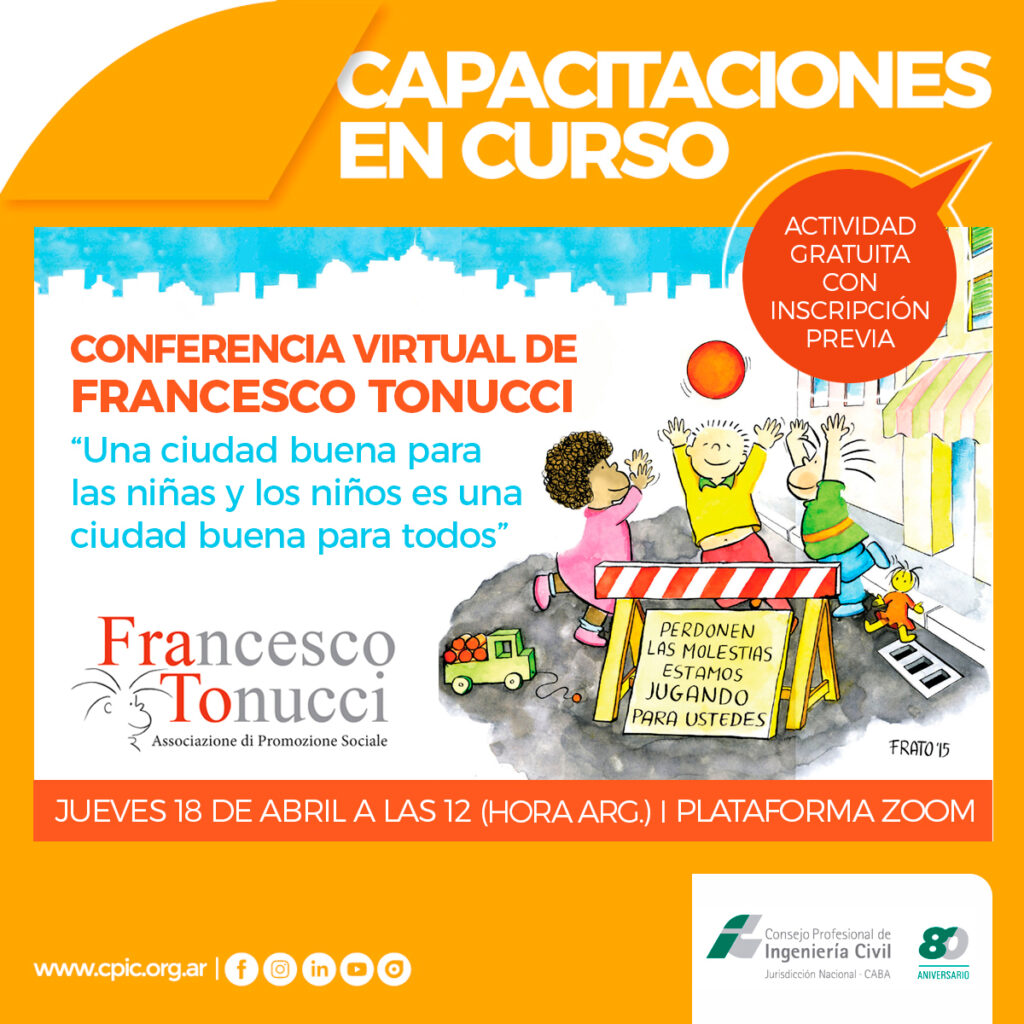
If you missed the free ZOOM conference in Spanish in which Francesco Tonucci will participate this April 18th at 12:00 – Argentina time, follow this link

